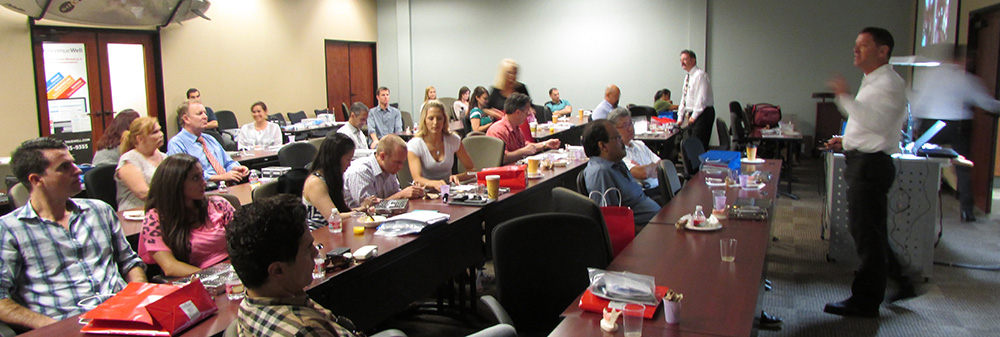
There are few places in the world that are as forward focused as Los Angeles, and this is true just as much in the medical world as it is the fashion and technological. It is here in Los Angeles that dentists will be able to participate in the twenty first century modern training program entitled Dentox, a course created by Dr Howard Katz to speedily introduce dentists to the opportunities before them in the fields of Botox and dermal fillers. By utilizing twenty first century learning techniques, Dr Howard Katz has perfected the ability to transfer huge amounts of knowledge in just one day, unlike many training courses which require weekends, if not entire weeks, in order to complete the knowledge.
One of the great strengths of twenty first century learning techniques is doing, rather than reading. It is much easier for a student to be able to take in new information if they immediately use that information to their own benefit, and so Dr Howard Katz always ensures that there are live patients in attendance at the Los Angeles Dentox training program, so that attendees can start to practice their skills immediately, without having to wait. Dr Howard Katz also offers a fully rounded training course which is another twenty first century learning technique: by offering business and marketing training for Botox and other similar cosmetic procedures, attendees have the full use of their skills rather than just the medical ones – something that is often ignored in other, more old fashioned training courses.
This is as astoundingly fresh approach, and one that has garnered a huge amount of interest and praise from many quarters around the country, and indeed the world. Los Angeles dentists and dentists in the surrounding area are fortunate to have such modern teaching techniques available to them locally.
Reference site: http://dentox.com/botox-training-los-angeles/

